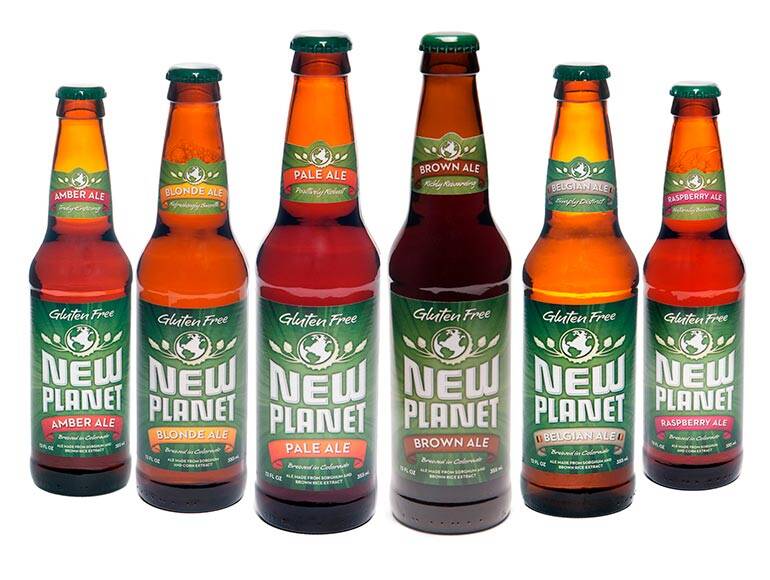Start 14-Day Trial Subscription
*No credit card required

How is Gluten-free Beer Made?
Understanding Gluten-Free Beer: Types, Processes, and Ingredients
A recent study shows that around 3 million people in the U.S. are diagnosed with celiac disease; the numbers will not be less if we look worldwide. Patients with this disease mostly have gluten intolerance, and they are strictly forbidden to consume food containing wheat, rye, or barley.
As a result, the gluten-free or low gluten foods market is growing tremendously. The beer brewing industry is no different in this context, and brewers are expanding their brewing production with the new addition of gluten-free beers.
Steps of brewing gluten-free beer
There are three types of gluten-free beers: gluten-free, gluten-reduced and dedicated gluten-free. However, producing gluten-free beer is quite tricky than other food since beers require ingredients like wheat and barley that contain maximum gluten organically. Therefore, brewers need to use additional steps to make beer gluten-free. The entire process includes:
1- Choosing the correct beer style
Making gluten-free beer with any style is possible, but some types are naturally more adaptable to the process than others. For example, making gluten-free wheat beers require high technical support and investment as wheat contains a high level of gluten. Hence, it is ideal to opt for styles that have gluten-free or low gluten ingredients.
The beer containing cereals-like grain bill is the best option to start. The list of grain bills that includes low gluten content are:
Corn: it is inexpensive and consists of effective brewing characteristics. It has good enzyme activity, high gelatinization temperature and can reduce the MSD level.
Rice: Rice contains a low pertain compound combined with a high starch power ranging from 70 to 75 per cent. The main contribution of rice in gluten-free beer is it adds dry flavour and provides a naturally fresh aroma.
Sorghum: Beer with sorghum has a high polyphenol level that increases the turbidity and has low diastatic power and high gelatinization fermentation.
2- Clarifying the wort
After choosing the beer style and completing the boiling phase, it is time to clarify the wort content. The fining agent containing silica sol is suitable for use in the sedimentation process. You can add the AEB brewing fining agents directly to the wort boiling kettle five minutes after adding the hops. It can also be added through an automatic hop dosing system. Note that clarifying the wort right after hopping and before fermentation will decrease the gluten level.
3- Enzymatic treatment
Proteolytic enzymes can consume a considerable amount of gluten in the malt used for beer. Thus, enzymatic treatment is another essential step to producing gluten-free beer. The efficiency of enzymatic treatment is not consistent and varies depending on the brewing concentration and contact time. The quantity of enzyme to add should be the basis of the level of gluten content.
4- Clarifying the final product
Beer brewers clarify the beer before the maturation as it is a more effective way to eliminate the suspended turbid molecules. But improving the clarity at the end of final fermentation and maturation helps to reduce the gluten content further.



